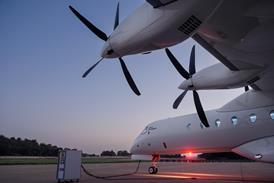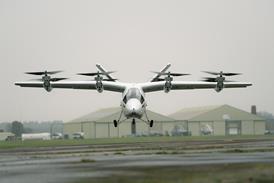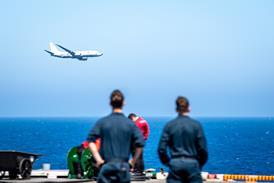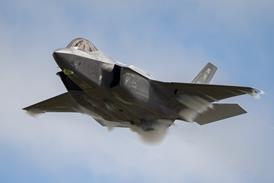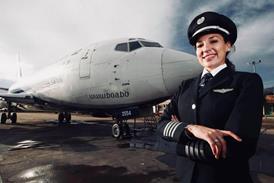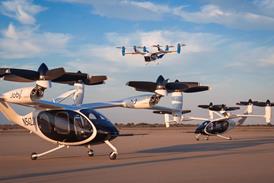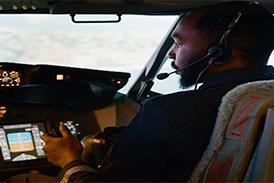A series of pioneering atmospheric research flights has been completed by NASA and the US Department of Energy (DoE) at the US Navy's Pacific Missile Range at Kaua'i, Hawaii, using the General Atomics Aeronautical Systems Altus unmanned air vehicle (UAV).
The flights were the first to measure characteristics of high-level cirrus clouds and to demonstrate the capability of a remotely piloted UAV for environmental research in a subtropical environment.
The Altus, which is powered by a two-stage turbocharged piston engine, was flown to 50,000ft (15,250m) for the tests, which began in late April. The UAV carried a 155kg (340lb) payload of radiometers, a laser detection device and other atmospheric sensors, to collect and transmit.
The climate studies were guided by the Sandia National Laboratories for the DoE's Atmospheric Radiation Measurement Unmanned Aerospace Vehicle programme, while the Altus was built for NASA's Environmental Research Aircraft and Sensor Technology programme.
The project was aimed at increasing understanding of the role of high-level clouds in global warming, and potential spin-off improvements that could be made to climatic forecasting models.
Source: Flight International

